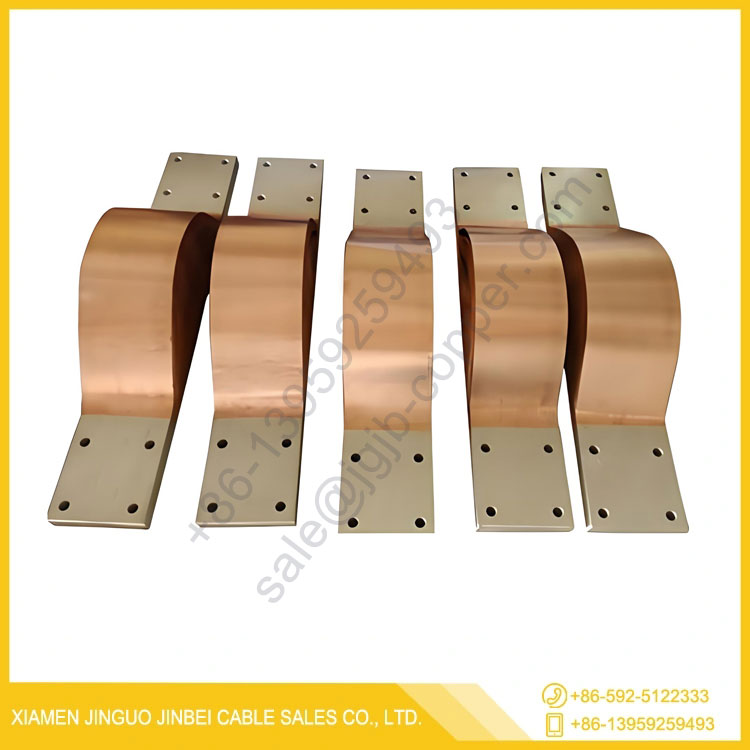Flexible Conductor: Reliable Electrical Connectivity for Dynamic Applications
2025-05-27
A flexible conductor is an electrical conductor designed to maintain reliable conductivity while accommodating bending, twisting, and movement. These conductors are essential in applications where rigidity would cause damage or failure, such as robotics, automotive wiring, and portable electronics.

What Is a Flexible Conductor?
Flexible conductors consist of multiple fine strands of conductive material—usually copper or aluminum—twisted or braided together to form a cable or wire that can flex without breaking. Unlike solid-core wires, flexible conductors provide superior mechanical flexibility and durability, making them suitable for dynamic environments.
Key Features
High Flexibility: Able to bend and twist repeatedly without fracturing.
Durability: Resistant to fatigue, vibration, and mechanical stress.
Excellent Conductivity: Maintains low electrical resistance.
Corrosion Resistance: Often coated or insulated to prevent oxidation.
Variety of Insulations: PVC, silicone, Teflon, or rubber insulation for different temperature and environmental conditions.
Applications
Robotics: Power and control cables that move with robotic arms.
Automotive Wiring: Flexible cables that withstand engine vibrations.
Consumer Electronics: Charging cables, headphones, and connectors.
Aerospace: Wiring in aircraft and spacecraft requiring high flexibility and reliability.
Renewable Energy: Solar panel connections and wind turbines.
Types of Flexible Conductors
Stranded Wire: Multiple thin strands twisted together.
Braided Wire: Strands woven for enhanced mechanical strength.
Litz Wire: Many insulated strands braided or twisted to reduce skin effect in high-frequency applications.
Advantages Over Solid Conductors
Reduced risk of breakage due to repeated flexing.
Easier installation in complex or confined spaces.
Improved vibration and fatigue resistance.
Enhanced safety in moving or dynamic systems.
Maintenance Tips
Avoid sharp bends or kinks.
Use strain reliefs where cables connect to devices.
Regularly inspect for wear, corrosion, or insulation damage.
Replace damaged cables promptly to avoid electrical hazards.
Conclusion
Flexible conductors play a critical role in modern electrical and electronic systems, ensuring dependable connectivity in environments that demand movement and resilience. Choosing the right type of flexible conductor can enhance performance, longevity, and safety across a broad spectrum of applications.


